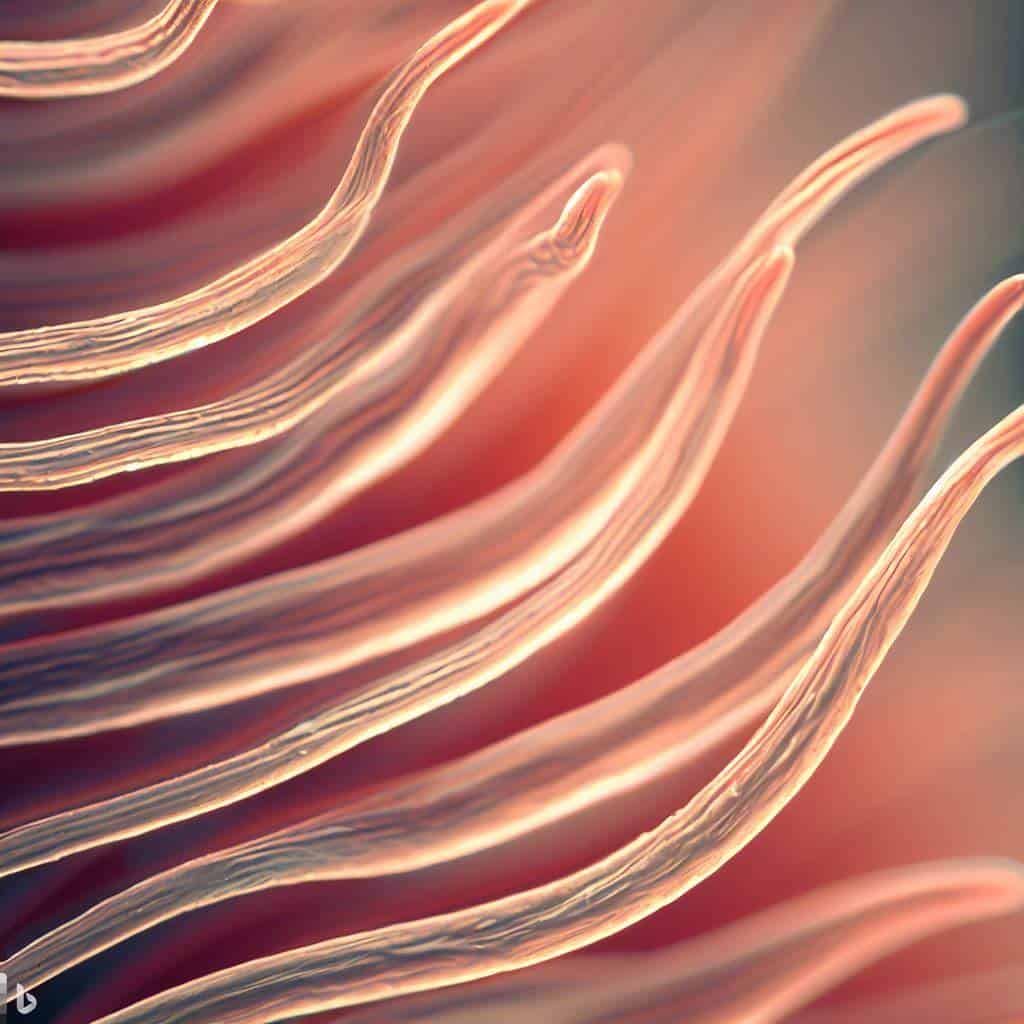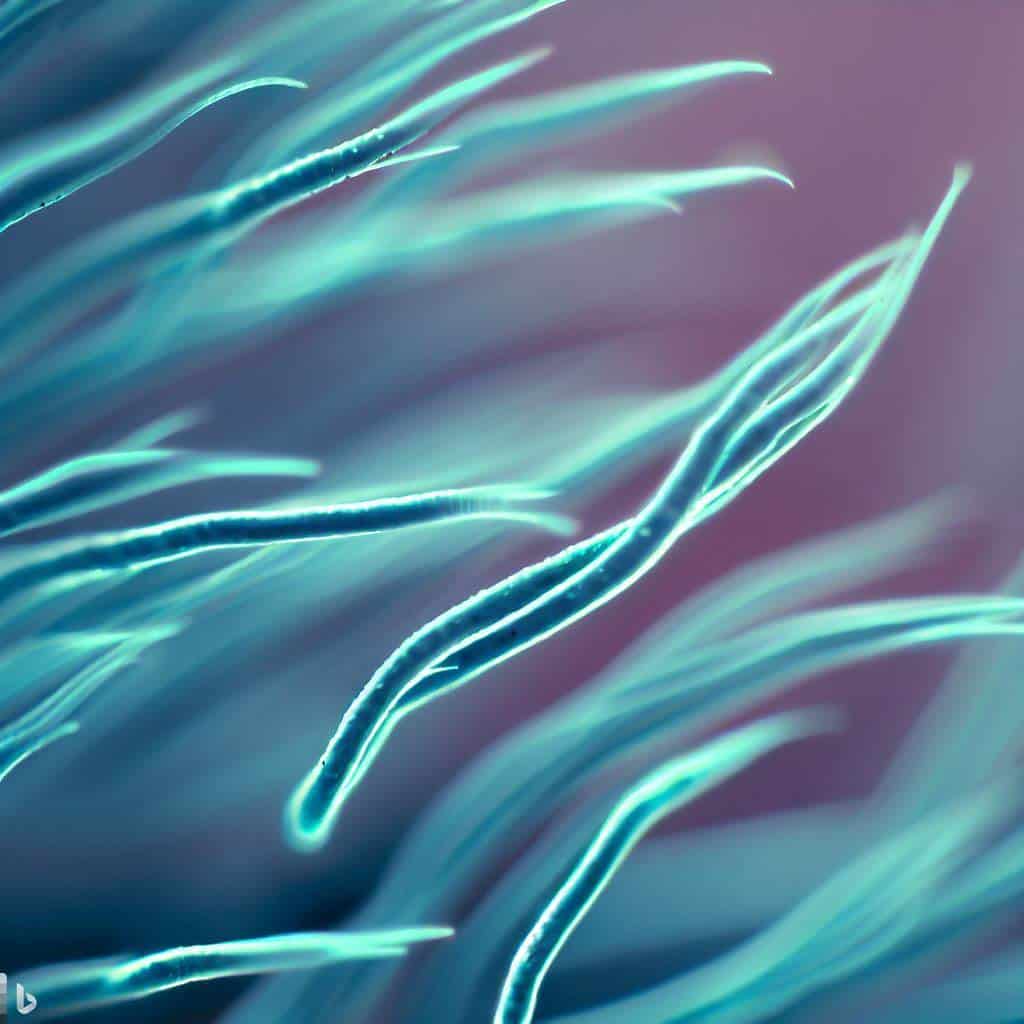
Have you ever wondered how tiny organisms like bacteria and algae move around? It’s all thanks to little hair-like structures called cilia!
Cilia are found in many different types of cells, including those in your body. They may be small, but they play a big role in keeping things moving smoothly.
Think about when you swim underwater with goggles on – have you ever noticed the way the water seems to ripple around you as you move your arms and legs? Now imagine that same kind of movement happening inside your own body. That’s what cilia do!
In this exploration, Cilia Definition will be defined and their significance for bodily functions such as digestion and breathing will be discussed.. So hold onto your hats (or maybe your hairs) because we’re about to dive into the world of cilia definition!
Cilia Definition: What Are They

Anatomy Of Cilia
Hey there! Do you know what cilia are?
They’re tiny hair-like structures that can be found in many different parts of our body. These little guys are made up of protein fibers and move back and forth in a coordinated motion, kind of like how a rowing team moves their paddles together.
Cilia come in all shapes and sizes but they all have the same basic structure – an outer membrane sheath with microtubules running through the center. You’ll find them lining your respiratory tract where they help to sweep away mucus and dirt particles so we can breathe easier, as well as in our ears helping us hear better.
But did you also know that cilia play important roles in other organs like our kidneys, liver, and reproductive system? In fact, abnormalities or defects in cilia function have been linked to several diseases such as polycystic kidney disease and primary ciliary dyskinesia.
Crazy right?! Let’s dive into why these little hairs are so important for our overall health next.
Importance Of Cilia In Different Organs
Have you ever wondered why we get sick?
One of the reasons is because our cilia, tiny hair-like structures that line different organs in our body, may not be working properly.
Cilia are important for many reasons.
In our respiratory system, they help move mucus and particles out of our lungs so we can breathe easier. Without functioning cilia, we would be more susceptible to lung infections like pneumonia.
In our reproductive system, cilia help move eggs from the ovaries to the uterus. If they don’t work correctly, it could lead to infertility or even ectopic pregnancies.
And in our brain, certain types of cells have cilia that help with communication between neurons. Malfunctioning cilia here can cause neurological disorders like hydrocephalus or Bardet-Biedl syndrome.
Clearly, healthy functioning cilia are crucial for overall health and well-being!
How Cilia Work
Now that we know how important cilia are in different organs, let’s talk about how they actually work!
Cilia move back and forth, like little oars, to create fluid flow. They also play a crucial role in cell signaling – this means they help cells communicate with each other so the body can function properly.
But how do they move? Well, inside each cilium there are tiny structures called microtubules that slide past each other causing the cilium to bend and wave.
It’s pretty amazing!
Conclusion
In conclusion of Cilia Definition are tiny hair-like structures that exist in our bodies for many reasons. They help push mucus out of our lungs and keep the airways clear so we can breathe easily.
They also help us see by moving dirt and debris away from our eyes. Additionally, they aid in digestion by helping food move through our intestines.
You might be thinking, ‘But why should I care about these little hairs?’ Well, without them, we would have a lot more trouble breathing and seeing clearly! And if they aren’t functioning properly, it can lead to serious health problems.
So next time you blow your nose or rub your eyes, remember to thank your cilia for all their hard work keeping you healthy!
